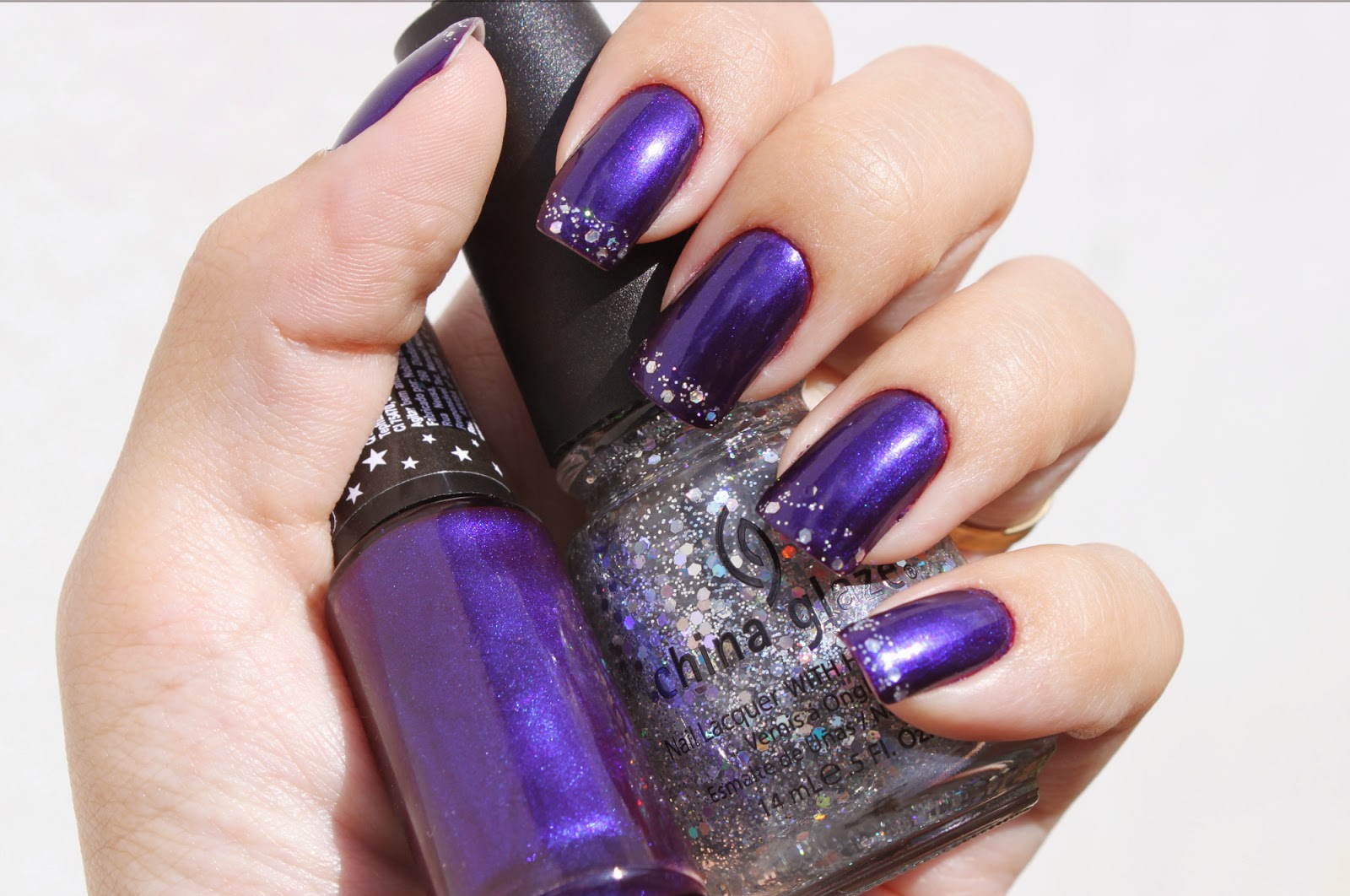 The vast majority of patients who are undergoing cosmetic surgery have preoperative blood testing which includes a CBC. This test has several components which are critical elements of the preoperative evaluation. These include the platelet count, the white blood cell count, and the hematocrit and hemoglobin levels. Each of these measurements is extremely important. The platelet count measures the patient’s ability to clot blood, an elevated white blood cell count is an indicator of infection, while the red blood cell count, hematocrit, and hemoglobin all measure the body’s oxygen carrying capacity.
The vast majority of patients who are undergoing cosmetic surgery have preoperative blood testing which includes a CBC. This test has several components which are critical elements of the preoperative evaluation. These include the platelet count, the white blood cell count, and the hematocrit and hemoglobin levels. Each of these measurements is extremely important. The platelet count measures the patient’s ability to clot blood, an elevated white blood cell count is an indicator of infection, while the red blood cell count, hematocrit, and hemoglobin all measure the body’s oxygen carrying capacity.Occasionally other blood tests are performed in combination with a CBC based on your physical findings.
If you’re concerned about your preoperative blood testing, it’s appropriate to consult your plastic surgeon. Your surgeon should be able to discuss these lab values in detail.





























